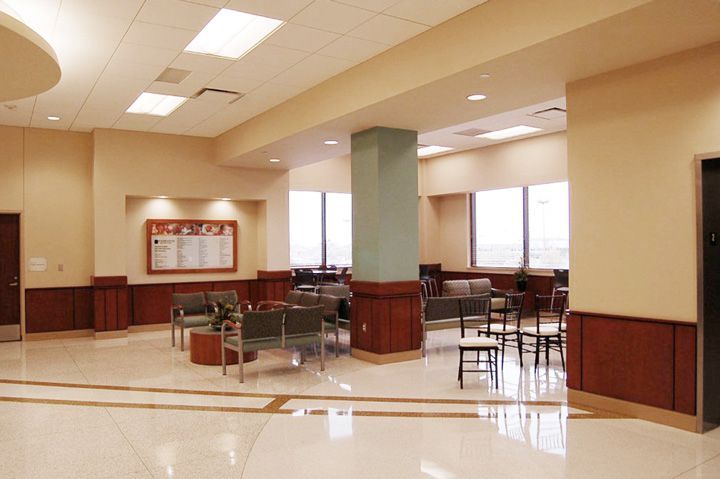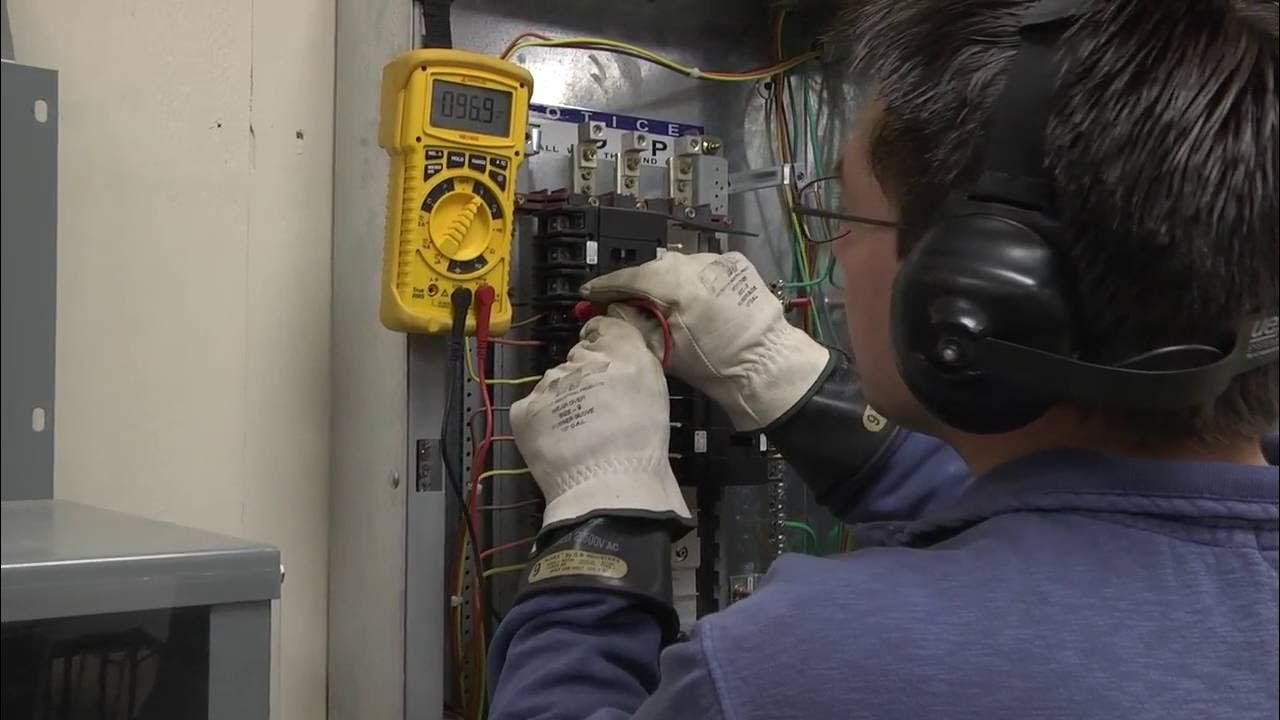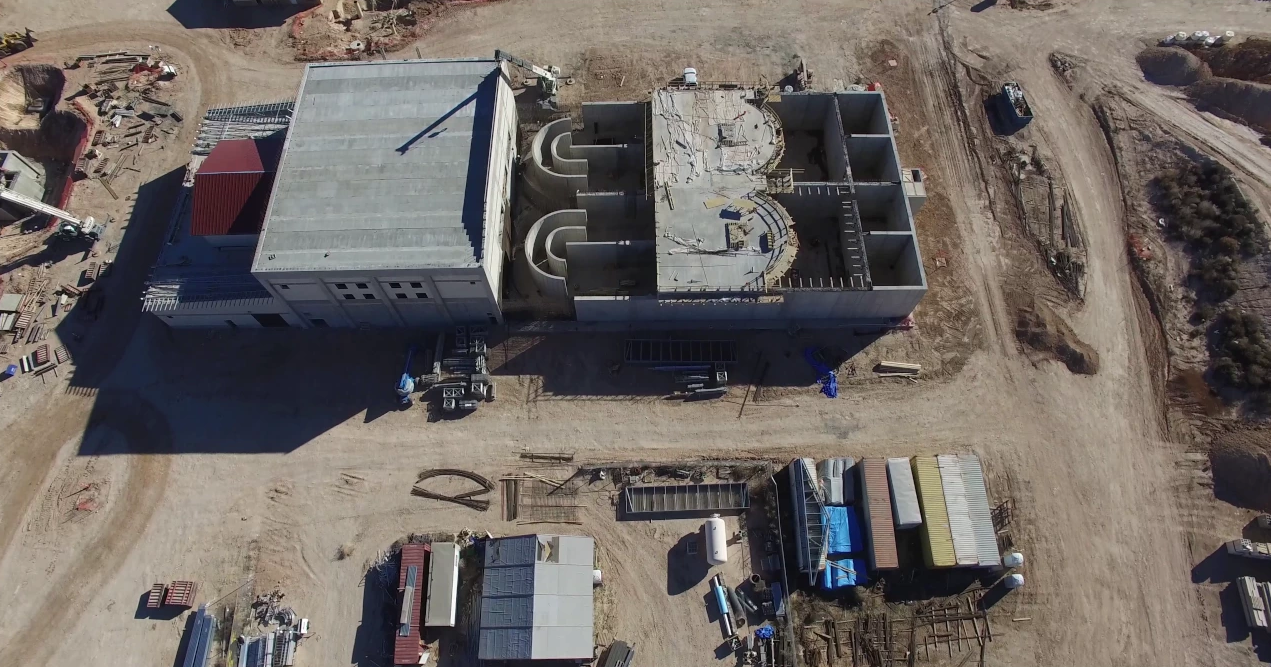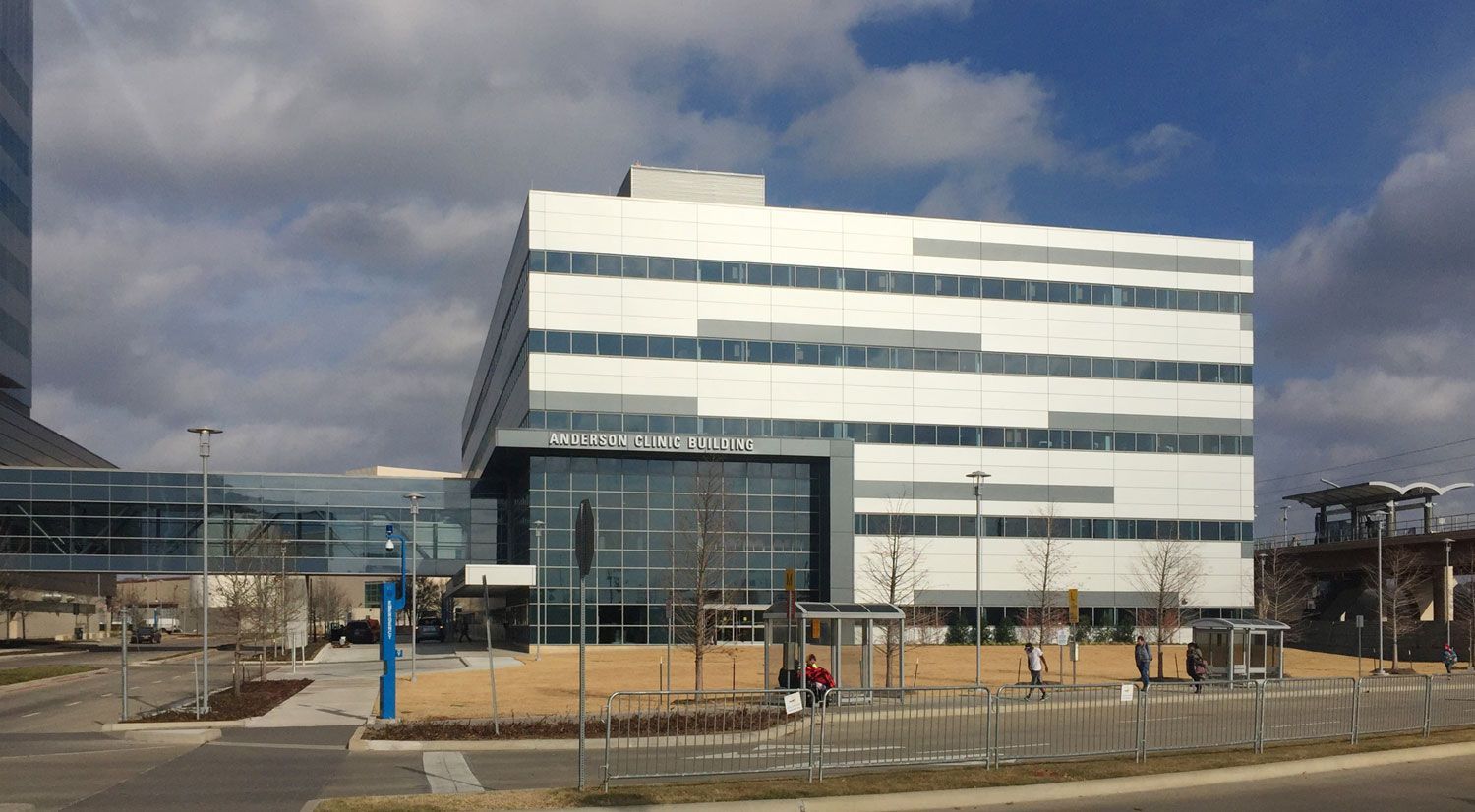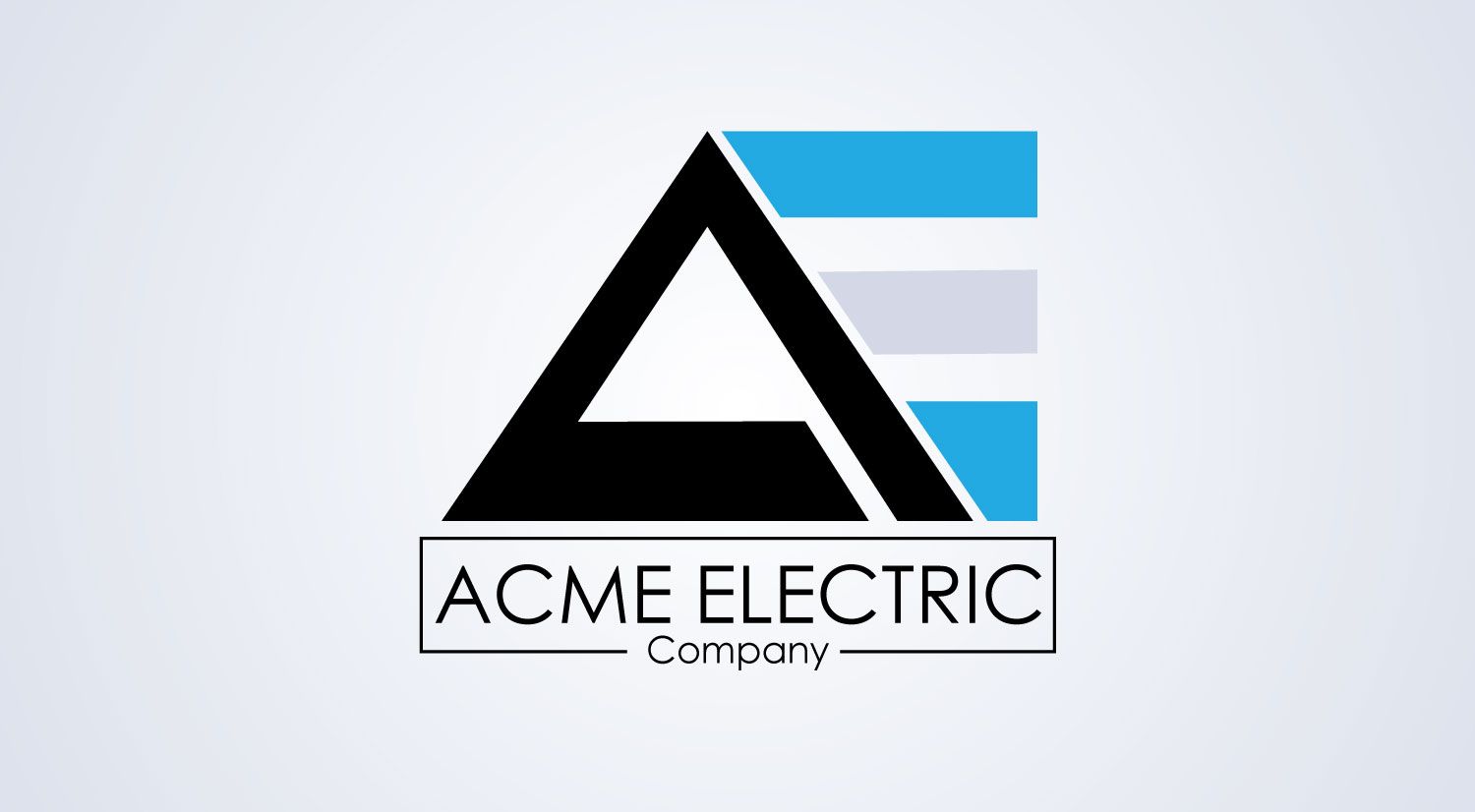Stay informed and empowered! Call us at (817) 654-1618 and check back regularly for the latest in electrical industry news, insights, and innovations from Acme Electric Company!
Fort Worth: (817) 654-1618 | Lubbock: (806) 745-7720
Fort Worth: (817) 654-1618 | Lubbock: (806) 745-7720
CONTACT INFORMATION
Fort Worth: (817) 654-1618
Lubbock: (806) 745-7720
FORT WORTH: 5000 Martin St Fort Worth TX 76119
LUBBOCK: 108 E 82nd Street Lubbock, TX 79404
BUSINESS HOURS
- Mon - Fri
- -
- Sat - Sun
- Closed
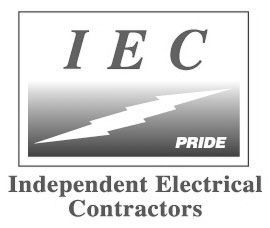

Content, including images, displayed on this website is protected by copyright laws. Downloading, republication, retransmission or reproduction of content on this website is strictly prohibited. Terms of Use
| Privacy Policy

